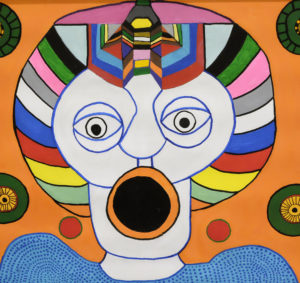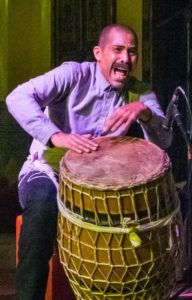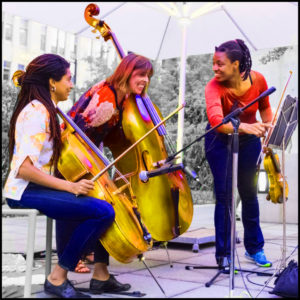Roscoe Mitchell — internationally renown composer, improviser, ensemble leader, winds and reeds virtuoso who has pioneered the use of “little instruments” and dramatic shifts of sonic scale in the course of becoming a “supermusician . . .someone who moves freely in music, but, of course, with a well established background behind . . .”* reveals […]
How Charles Lloyd stays marvelous
During the 50 years since his breakthrough album Forest Flower (released in February 1967, recorded live at the Monterey Jazz Festival the summer before) — comparable in some ways to The Epic success of Kamasi Washington – saxophonist-flutist Charles Lloyd has been unusually popular for an adventurous jazzman. He showed how he’s done that, accomplished a long career while expressing […]
Jazz warms Chi spots: Hot House @ Alhambra Palace, AACM @ Promontory
There are good arguments for building venues just for jazz. But speaking of arts communities in general: Most are moveable feasts, fluid, transient, at best inviting to newcomers to the table. It’s demonstrable that when jazz players and listeners alight at all-purpose spaces such as Chicago’s Alhambra Palace, where Hot House produced the trio of saxophonist David Murray, bassist […]
MCA-Chicago’s Terrace concerts, acing outdoor presentation
Chicago’s Museum of Contemporary Art has aced outdoor music presentations with its Tuesdays on the Terrace series, most recently featuring the string trio Hear In Now performing strong yet sensitive chamber jazz. Drawing a thoroughly diversified crowd to enjoy fresh, creative music in open space on a summer afternoon for free (food and beverages extra) shouldn’t be […]




